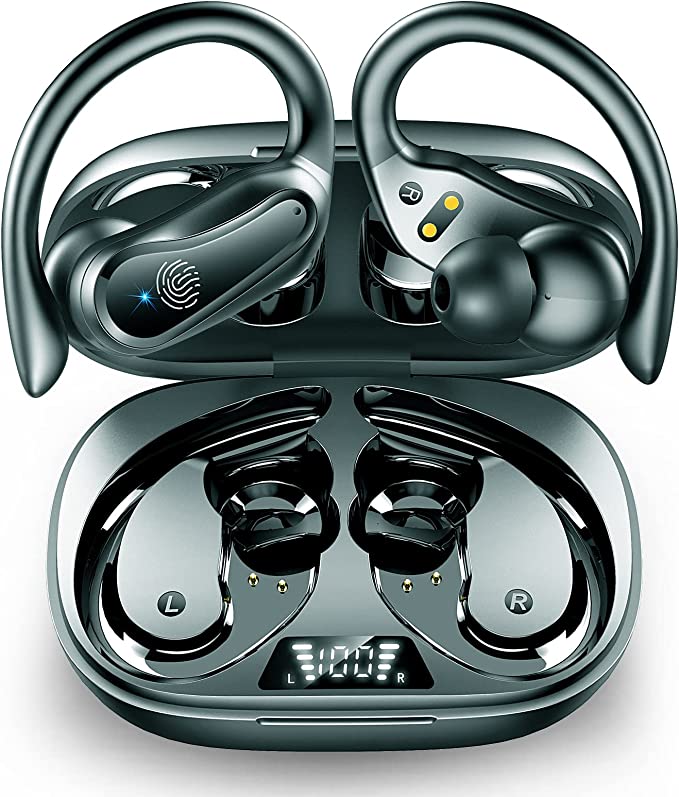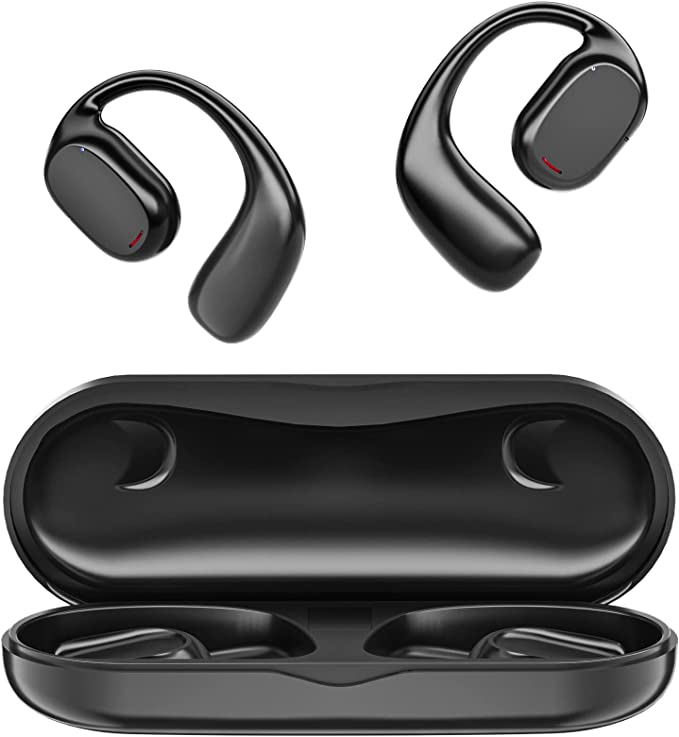I remember the heft. The sheer, unapologetic weight of a 1980s boombox on my shoulder, a mountain of eight D-cell batteries rattling inside like captured stones. I remember the satisfying clunk of the cassette deck, the whir of the tape, and then the raw, crackling explosion of sound—a cultural statement piece that was as much about presence as it was about performance. It was beautiful, it was a monster, and from an engineering standpoint, it was a glorious nightmare.
That memory feels a world away from today, where I can roll a sleek column like the JBL PartyBox Stage 320 out to the yard, a device with more power, pristine clarity, and a light show that would have seemed like science fiction, and have it run for an entire day. This leap didn’t happen overnight. It’s not about one single invention. It’s the result of a quiet, relentless trinity of scientific revolutions that solved the fundamental problems that plagued that beautiful monster of my youth.

The Tyranny of Energy and the Liberation of the Amp
The first and greatest tyrant of portable audio has always been power. My old boombox was an energy glutton, devouring expensive batteries in a few short hours. The reason? A colossal waste of energy in the form of heat. Traditional amplifiers, known as Class-AB, operate like a car engine from that era—inefficient and always generating waste heat, even when idling. More than half the power drawn from the batteries was radiated away, never becoming sound at all.
The silent hero that slayed this tyrant is the Class-D amplifier, the beating heart of virtually every modern portable speaker. To call it an “amplifier” is almost an understatement; it’s a high-speed switching power converter. Instead of constantly running a current, it switches on and off thousands of times per second, precisely modulating a signal. The analogy isn’t a leaky faucet, but a hyper-efficient digital valve. The result is staggering efficiency, often exceeding 90%. This means for every 10 watts of power pulled from the battery, over 9 watts become pure, audible sound. This single principle is the bedrock of modern portable audio. It’s the reason the PartyBox 320 can unleash a genuine 240 watts of continuous (RMS) power from a compact, rechargeable lithium-ion pack, not the car battery its ancestor would have required.

The Brains Behind the Brawn: The Rise of the Digital Maestro
The second great challenge was sonic honesty. Let’s be frank: the sound from those old boomboxes was often muddy and distorted. Getting loud, clean sound from a relatively small enclosure seems to defy the laws of physics. This is where the second revolution took place: the installation of a brain, in the form of a Digital Signal Processor (DSP).
If the Class-D amp is the speaker’s powerful heart, the DSP is its genius brain, acting as both a brilliant conductor and a watchful bodyguard.
As the conductor, it leverages principles of psychoacoustics—the study of how we perceive sound. It knows, for instance, that at low volumes, the human ear is less sensitive to low and high frequencies. So, it intelligently boosts the bass and treble, creating a sound that feels rich and full, even when you’re just listening quietly on the deck.
As the bodyguard, which JBL brands as “AI Sound Boost,” the DSP performs a miraculous feat of prediction. It analyzes the incoming music milliseconds ahead of time, understands the physical limits of its own speaker drivers (the woofers and tweeters), and applies microscopic adjustments to dynamics and equalization. When a massive bass drop is coming, it ensures the woofer delivers the maximum possible punch without overextending itself into the muddy territory of distortion. It’s this constant, intelligent intervention that allows the speaker to play at its absolute loudest while remaining impeccably clean.
The Modern Marvel: Where Brawn, Brains, and Brawniness Meet
This is where the PartyBox Stage 320 stands as a physical testament to these solved challenges. The efficient power of the Class-D amp and the intelligence of the DSP are its heart and brain. The physical design completes the picture. The telescopic handle and sturdy wheels finally solve the problem of portability without requiring a strong back. The construction itself is a nod to the chaos of real life; its IPX4 rating signifies that it has been lab-tested to withstand splashes from any direction. It’s an armored knight built for a pool party, a scenario the delicate, chrome-plated boombox of yesterday could never have survived.
And the lights? They are more than decoration. They are the visual manifestation of the energy pulsing within—the vibrant, dancing flames of our new gathering place.

Cutting the Final Cord: The Dawn of the Audio Broadcast
The final revolution is one of connection. We went from tangled auxiliary cords to the personal freedom of Bluetooth, but that still largely operated on a one-to-one principle. For a truly shared experience, we needed to cut the final cord—the cord of limitation.
Enter Auracast™. This isn’t just an update; it’s a fundamental change in how Bluetooth works. Built on the new LE Audio standard, it enables a device to act not as a paired partner, but as a public broadcaster. Think of it as the difference between making a private phone call and launching your own FM radio station. The PartyBox can transmit its music, and any number of other Auracast-compatible speakers or headphones nearby can tune in, perfectly synchronized. The potential is immense: silent discos in a park, multi-speaker soundscapes at an outdoor wedding, all without the nightmare of pairing and unpairing. It transforms a personal speaker into a public utility for shared sound.
The Enduring Power of the Digital Campfire
I think back to that boombox on my shoulder. The technology inside is now ancient, almost unrecognizable. Yet, the reason I carried it is identical to the reason someone will roll a PartyBox to a beach today. The desire to create a focal point, to draw people in with light and sound, is a primal human instinct.
The speaker, in its modern form, has become our digital campfire. The science of high-efficiency amplifiers, the intelligence of predictive processing, and the freedom of audio broadcasting are the incredible tools that build it. But its purpose remains unchanged from the first fire that drew our ancestors together: to provide a circle of warmth, to share stories and songs, and to turn a simple gathering into a community. The fire has evolved, but the glow feels just the same.




